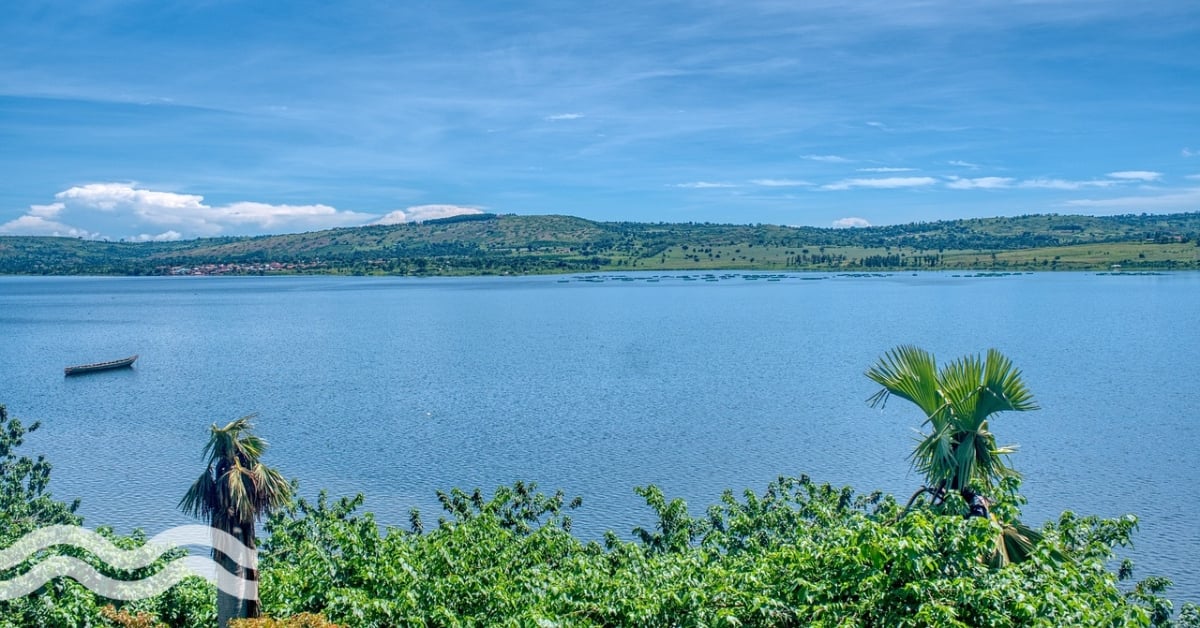Q&A: New EU rules on surface and groundwater pollution

Changes to European-wide regulation on surface and groundwater quality could dictate additional levels of treatment technology needed. We take a look at the recent updates.
Addressing the effects of a chemical cocktail mix
Q: I heard a big European regulation update towards the end of 2022. What did I miss?
A: How did you miss it? As part of the EU’s ambition to achieve zero pollution by 2050, the European Commission proposed the Zero Pollution package in October last year, including the Urban Wastewater Treatment Directive and the updated lists of surface and groundwater pollutants.
Q: It’s about time – contaminants of emerging concern are a huge focus (and challenge) for the water sector. Which substances will be added?
A: In total, 25 substances with what the EC said are “well-documented” problematic effects on nature and human health will be added.
Q: This includes chemicals, right forever?
A: Yes, PFAS (per- and polyfluoroalkyl), used in cookware, clothing and firefighting foam, are top of the list. Also included are 24 individual substances, including bisphenol A, a plasticiser and a component of plastic packaging, a range of pesticides and pesticide degradation products, such as glyphosate.
Q: What are the impacts of exposure to PFAS?
A: The long term impacts on people are still being investigated. However, PFAS exposure has been estimated to cost between €52-84 billion in annual health costs in Europe, for example, related to diseases such as high cholesterol, immune system effects and cancer.
Q: Understood. Why the change from existing regulations?
A: It's estimated that Europe has over 100,000 surface water bodies (reservoirs, rivers, streams etc.) and 12,000 groundwater bodies. These are all vital sources of drinking water, as well as a part of the healthy ecosystems needed.
Furthermore, the new rules recognise the combined effects of mixtures. This broadens the current focus, which looks at the impact of individual substances. Moreover, standards for 16 pollutants already covered will be updated. This includes heavy metals and industrial chemicals. The new rules would also consider seasonal pollution variations, for example, by farmers during planting seasons.
Q: How do these revised rules link to the revised Urban Wastewater Treatment Directive and Drinking Water Directive?
A: As regards the Urban Wastewater Treatment Directive (UWWTD), for which a proposal for revision is presented at the same time as this proposal, micro-pollutants are a crucial challenge.
The need to remove them at wastewater treatment facilities drives up the cost of treatment, and removal is not always possible. This proposal, therefore, aims to reduce emissions at source, for example, when national authorities set conditions for industries to operate through permits.
The current proposal is consistent with the recently revised Drinking Water Directive, which enters into force in 2023. Aiming to reduce pollution of surface and groundwaters will protect vital drinking water sources and reduce the cost of treatment.
Q: What reaction did the proposed changes get?
A: Inevitably, a mixed one. The European Environmental Bureau (EEB) welcomed the package but said they "lack teeth" to address chemical cocktails' effects. The organisation said it’s a step in the right direction but that “much more needs to be done” to achieve a “safe a clean environment”.
“The new EU rules do not fully respond to the reality of the chemical cocktails present in surface and groundwater,” said Sara Johansson, senior policy officer for Water Pollution Prevention at the EEB
Q: What are the next steps?
A: The European Parliament and Council will consider the proposals in the standard, otherwise known as "ordinary" legislative procedure. Once adopted, they will take effect with targets ranging from 2030, 2040 and 2050.
Q: 2050 is nearly 30 years away. Why so far?
A: The EC said this would give the "industry and authorities time to adapt and invest where necessary".
Q: What could it mean for EU countries?
A: Member States will be required to take measures to reduce the presence of these pollutants. This means they need to broaden their monitoring programmes and take actions such as changing permits for industry, organising a separate collection of pharmaceuticals, setting rules for the application of pesticides by farmers and households, or cleaning sediments and soil to avoid water pollution.


